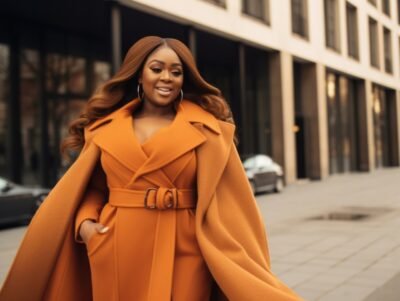On Movement, Girlhood, and the Sacredness of the Female Body When I was a girl, I loved the physicality of my body.I was a climbe
On Movement, Girlhood, and the Sacredness of the Female Body
When I was a girl, I loved the physicality of my body.
I was a climber. A runner. A balancer. A swinger.
I chased joy with my whole body—and I am Generation X, so this meant playing on solid, unyielding metal playgrounds.
Metal that froze your skin in winter.
Metal that burned you in summer.
Metal sharp enough to leave scars—and it did.
Like many girls my age, I still carry those scars. And I wear them like memoirs etched into the skin. We called it playing, but it was also discovery. Strength. Autonomy.

But something shifted around middle school.
I stopped competing.
Stopped moving with the same fascination and freedom.
Puberty came. So did the attention. Unwanted eyes that lingered and followed.
By then, I had already endured more than anyone should. And the gaze of males didn’t feel like admiration—it felt like surveillance.
My body no longer felt like mine.
It felt like something to guard.
Something that betrayed me by drawing attention I didn’t want.
Thankfully, salvation came wrapped in rhythm and resilience.
I joined—and later led—the performance auxiliary of a funky Black marching band.
We moved. We danced. We trained with precision.
Our sponsor, Annie Mickens, taught us movements that worked the hips and core. Exercises that looked effortless until we felt the burn.
I remember how we laughed—stunned that hips so young could ache like that. But we kept going.
That time restored something.
It reconnected me to the beauty of effort, of sweat, of movement rooted in joy—not fear.
To this day, I still do many of the same moves Annie taught us.
They shaped more than my body. They shaped my healing.
Later I’d learn that trauma often lodges itself in the hips.
That for many Survivors—especially women—mind-body disconnection is part of the journey.
But movement, mindfulness, and embodiment help to gently bring us back to ourselves.
These practices don’t just restore the body.
They strengthen confidence.
And confidence is a necessity in this world.
Volumes have been written about how males benefit from competing against girls and women.
We know.
We’ve seen the prize money, the sponsorships, the media praise, the erasure of legends like Serena Williams, Venus Williams, Angel Reese.
And yes, the male ego has long been fed by besting women.
That’s not new. It’s not impressive. It’s not revolutionary.
But here’s what is:
In a world where women and girls are so often defeated for sport,
it is sacred that most of us have no interest in besting men for sport.
We are not driven by domination.
We are drawn to honor.
To match strength for strength—woman to woman,
natural to natural, soul to soul.
That choice is graceful.
It is ethereal.
It is divine.
Acknowledging biological reality is not hate.
It’s truth. It’s fascination. It’s science and spirit combined.
Female anatomy isn’t just pain and inconvenience.
It is miracle, strength, sacred architecture.
Watching female athletes compete in their natural power is a breathtaking antidote to misogyny.
It restores something ancient. Something holy.
Organic, unaltered, unmasked female bodies are powerful.
They are glorious.
They are enough.
And our differences?
They were never the problem.
As Audre Lorde taught us:
“It is not our differences that divide us. It is our inability to recognize, accept, and celebrate those differences.”
May we learn to celebrate again.
To see the sacred in our design.
To pass that wonder on to every girl still learning to feel safe in her own body.
